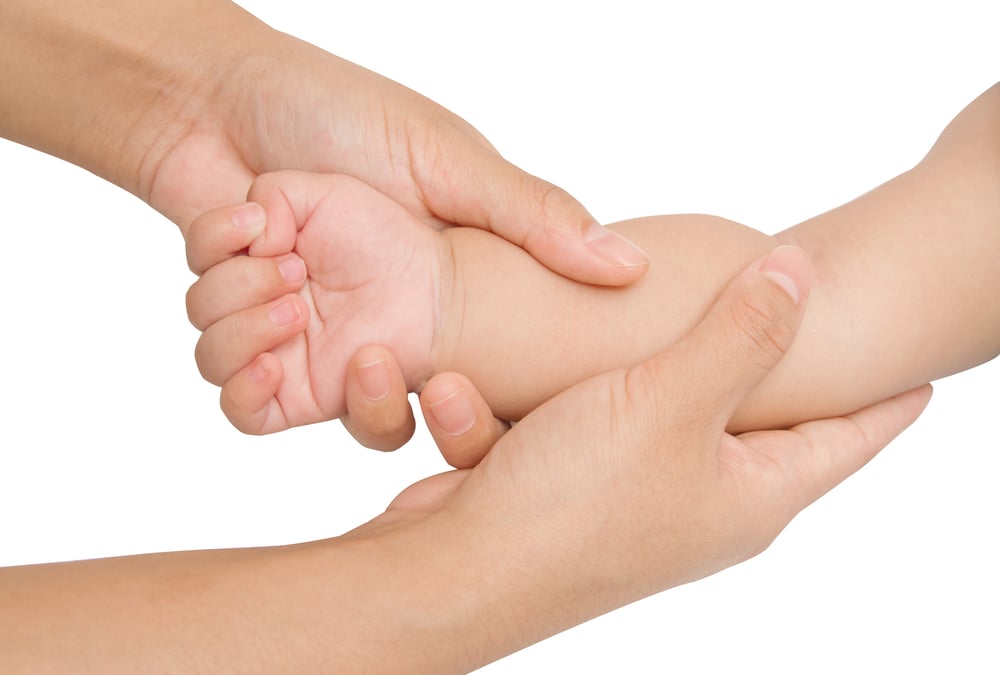Children Massage Center contract 2019
The Benefits of Massage for Children
- Relaxes muscles
- Stretches muscles and connective tissues
- Relieves pain
- Promotes deep relaxation
- Promotes deep breathing
- Improves immune functions
- Reduces anxiety, insomnia, and depression
- Improves productivity at school
Our center is dedicated to the physical and mental progress of our children, in the society so cited in which we live our children and youth are suffering in silence the stress and anxiety of a daily competition, either at school or in extracurricular activities. Homework, soccer, swimming, Lacrosse, gymnastics and many more, these activities that shape the future of our children’s are also the culprits of this new society of children with anxieties. At our center they will find Peace and Silence, meaning that those minutes are dedicated to mental and spiritual peace, thus achieving a form of reward for their efforts.
Children from ages 6 to 13- 30-minute massage $30.
Children from ages 14 to 16- 45 minutes $45.
Notes:
How is pediatric massage different from massage for adults?
Children are more than just small adults. Physically, mentally, emotionally, (and yes, legally), they have unique needs, wants and limitations.
In addition, there is far more variation in childhood than in adulthood. Imagine if we went through as many physical changes between the ages of 30 and 40 as we did between two and twelve! Having a basic understanding of child development is important, but even more essential is the willingness and flexibility to meet each child at his or her own level of development, wherever that might
Several facets of this flexibility that must be apparent when providing massage therapy for children can be expressed as the Five Ps: permission, pace, pressure, positioning, and parents. PERMISSION Always, always, always obtain permission from the child before engaging in any form of touch therapy.
Children, especially very young children, do not always understand that they have a right to disagree with an adult who has come to provide treatment.
This is especially true for hospitalized children, who may undergo uncomfortable or painful treatments that cannot be refused.
Empowering a child to have a voice in her medical care can not only reduce her stress, but can also improve her entire experience as a patient who takes an active role in her own health.
What do you do when a child is unable to verbalize her consent?
If a child is able to understand you, asking yes or no questions may be effective if the child can respond with gestures such as nodding. Parents and caregivers who are familiar with the child’s communication can often be a great help in determining what she is trying to say. When working with infants and children who may have difficulty understanding your questions or are unable to respond, you may have to rely on body language.
Pulling away, shallower breathing, or sudden tightening of the muscles can all indicate pain, fear, or unwillingness to continue and should be taken just as seriously as if the child had told you outright, “I don’t like that.” Understand that, while some children may warm up to you in time, there are others who simply will not want to work with you, ever. Accept this graciously.
It is neither a failure on your part, nor on that of the child. When dealing with a child who is under a doctor’s care, it is also important to receive approval from the child’s attending physician in order to ensure her safety.
The contraindications for massage therapy may not always be the same as those for adults, so even a practitioner with experience working with medical patients should exercise caution. It is best to receive permission prior to each session, in case any medical changes have occurred.
PARENTS
Caring for a child, whether she’s a wannabe stunt-double with a strained muscle or a toddler with leukemia, can be a nerve-wracking process.
Parents are under constant pressure to make the right decisions to ensure that their children are healthy, happy, and prepared for their next stage of life.
Introducing massage therapy into their child’s life, while increasingly common, is still an unusual choice.
Because of all this, it’s doubly important to work with the parents (or guardians) and not only the child. At the beginning of the session,we rend the parent that your focus will be on the child, but that you will be happy to discuss the session or answer any questions at the end of the treatment. Show parents some simple techniques to help them relax, such as taking some deep breaths or rolling their shoulders.
The massage session is a great time for parents to practice a little self-care while you tend to the needs of their child. Explain the importance of relaxing prior to touching their child.
We will show simple techniques they can use without harming their child. In many cases, you will not be able to provide all the massage that the child needs or could benefit from. In this situation, teaching the parents a few massage techniques to use with their children will not only ensure that the child receives additional massage, but will also encourage healthy, positive interaction between parent and child. In addition, many parents feel helpless when faced with a child’s injury, illness, or anxiety.
Empowering parents to be an active part of their child’s healing process can help alleviate their own anxiety, which will lead to a happier, healthier environment for your young child.
Can the child get on and off the table? YES
Is there seating in your treatment room for a parent to be present if she wishes? YES, we encourage the parents to be present for the entire session.
Do you have information printed about your policies specifically about children? YES
Do you have any kid-friendly reading materials in your waiting room? YES
Each child who visits your practice is one more child who has grown up integrating massage into her everyday life. And that’s good for everyone!
EZ Skin Care & Wellness Center HOME of Children Massage Center
5612 S Dixie Hwy. suite 103. West Palm Beach. Fl 33405 (561) 588-7234


